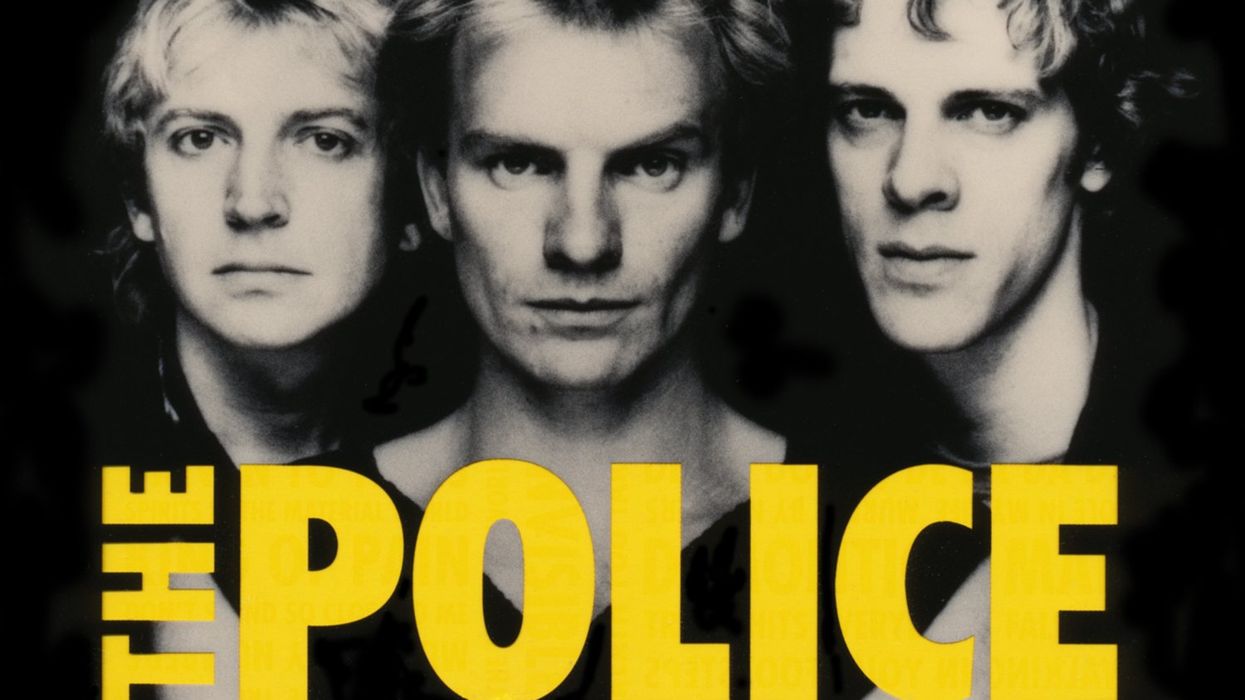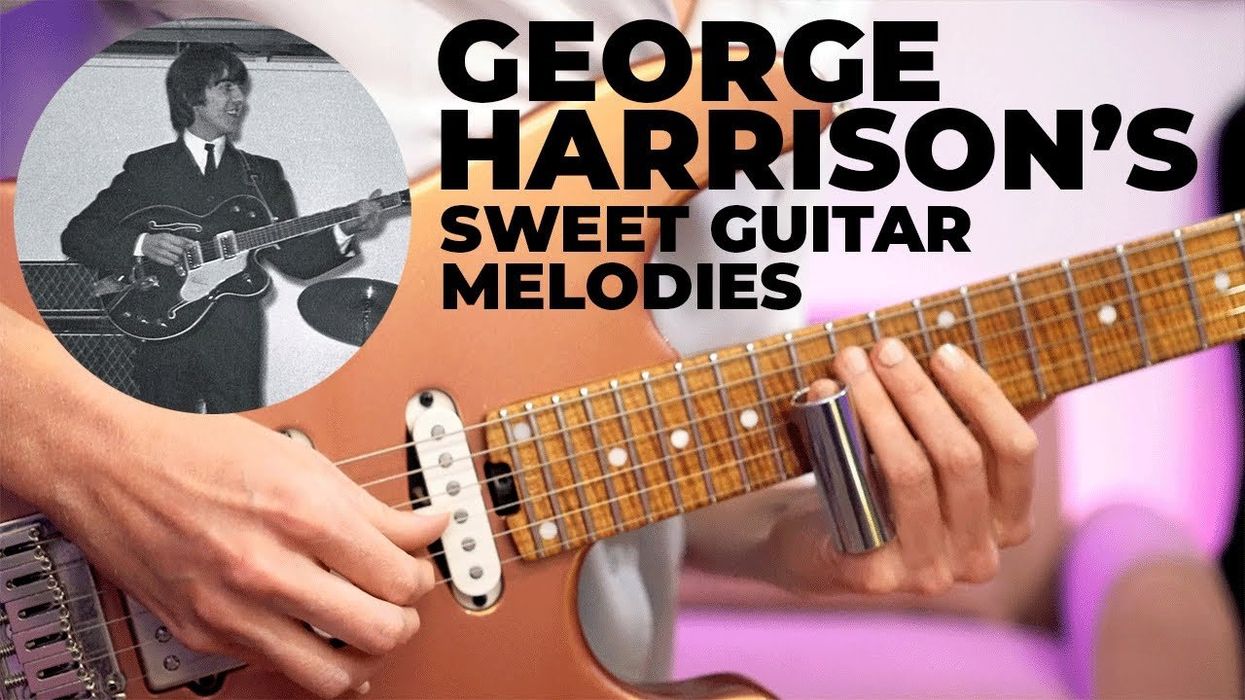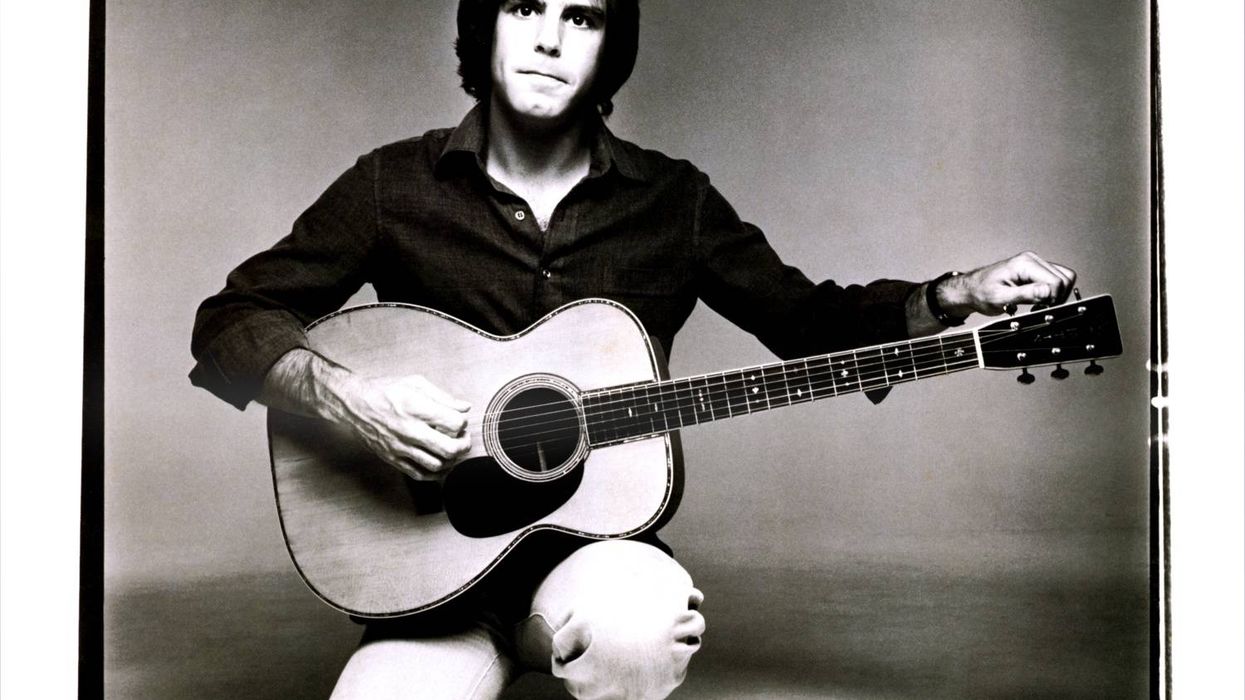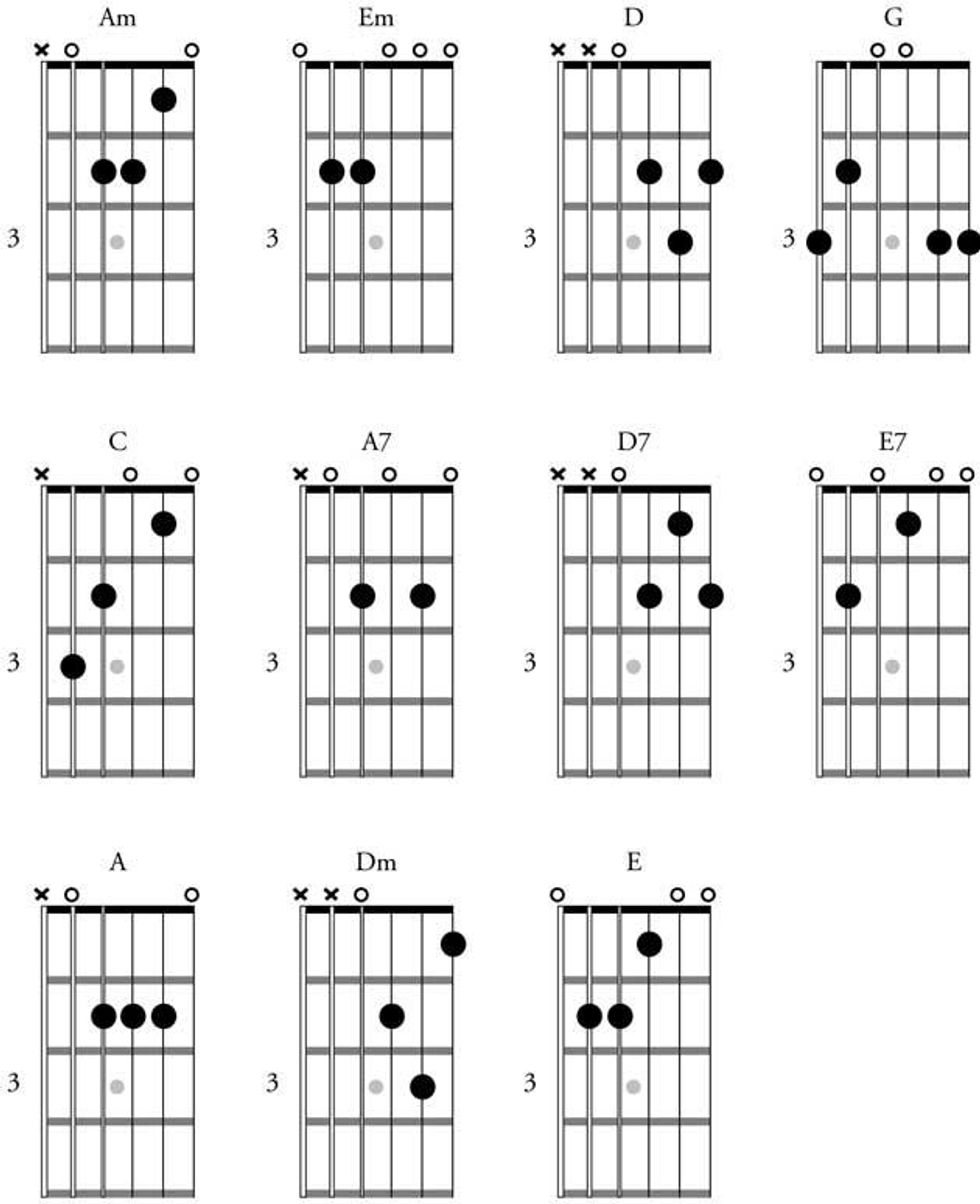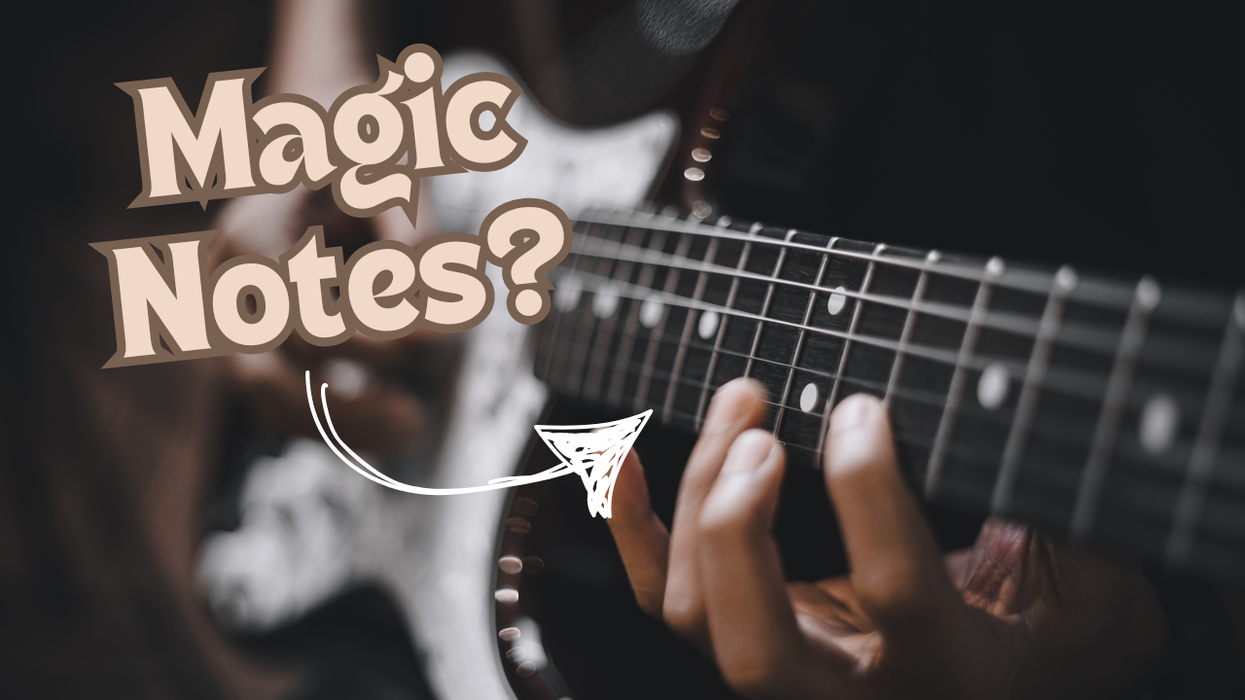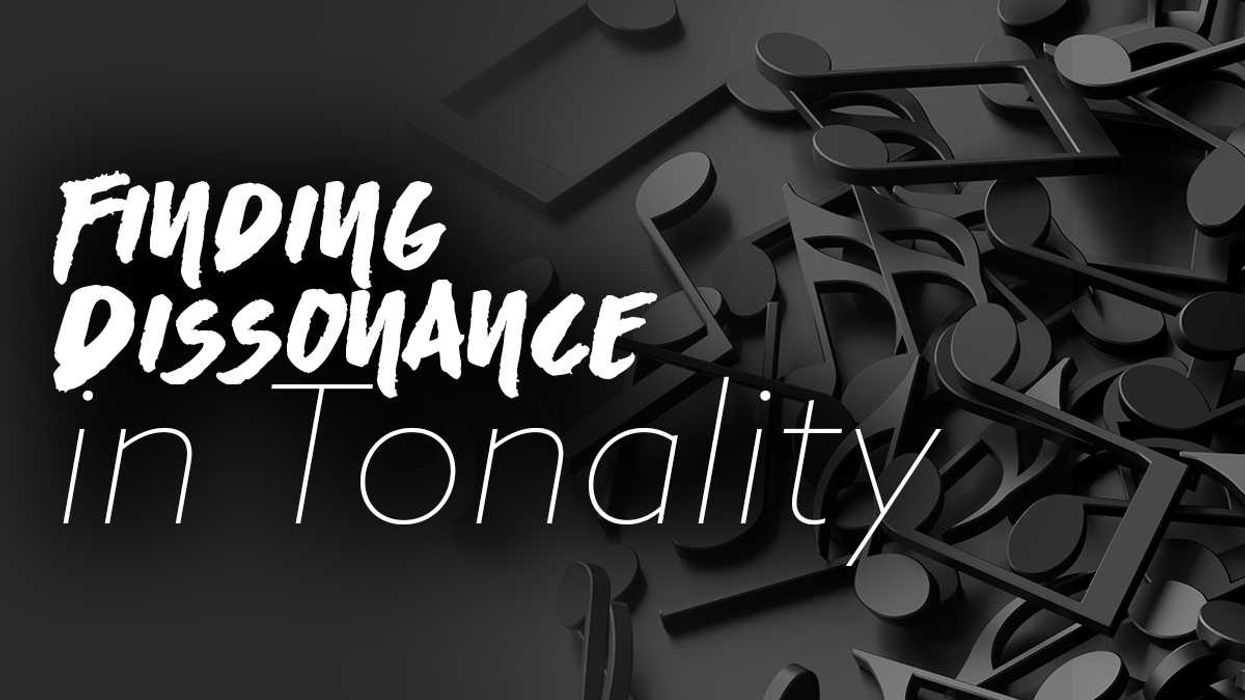Chops: Intermediate
Theory: Beginner
Lesson Overview:
• Increase your dexterity.
• Develop a stronger awareness of rhythm.
• Learn how to apply more advanced rhythmic concepts to simple motifs.
Click here to download a printable PDF of this lesson's notation.
I’m sure most of you have a set of technical exercises you practice to improve your dexterity or just to warm up. It’s natural to dedicate some of your practice time to simply improving your technique and focus only on the mechanical aspects of playing. In this lesson, we’ll go over a few chops-building exercises and discover how to expand them into more appealing and effective workouts.
I once had a jazz teacher who told me he practices every phrase three different ways: starting on beat 1, starting on the “and” of beat 1, and with a triplet rhythm. Each of these three variations offers some unique picking challenges. First, let’s assume you’re playing these with standard alternate picking (i.e., downstroke on the downbeats and upstroke on the upbeats). When you start on the downbeat, the phrase would start with a downstroke. If you shift the phrase by an eighth-note, the entire picking pattern is reversed. Finally, the triplet option gives the line a completely different character.
Ex. 1 is simple enough. It stays entirely in the 5th position and contains almost the entire chromatic scale. Not only will the ideas we cover in this lesson work on linear exercises like this, but also any scale or arpeggio you can think of.
Click here for Ex. 1
In the previous example we used a group of four notes on each string and moved across the neck. What would it sound like if we played those groups of four as sextuplets? You get something like Ex. 2. Listen to how the shifting accents give this exercise an off-kilter feel.
Click here for Ex. 2
After playing through an exercise in sixteenth-notes and sextuplets, let’s try to move seamlessly between them. Ex. 3 alternates between these two beat groupings.
Click here for Ex. 3
We venture into odd-time signatures for Ex. 4. While you probably won’t see 15/16 too often, this exercise is less about learning an odd-time lick and more about honing your rhythmic skills.
Click here for Ex. 4
There are some more forward-thinking drummers who like to play a rhythmically displaced groove, but stay in 4/4. Listen to the audio below (Ex. 5) to hear how our original example sounds over a quirky 4/4 groove. For more insight into these types of grooves, check out Rhythmic Illusions by Gavin Harrison.
Now it’s time to take off the training wheels and see how your rhythm is without the comfort of a drumbeat. Many metronome apps offer the ability to mute the beat either at consistent intervals (two measures on and one off) or randomly. In Ex. 6 you can hear how to really test your internal clock by playing our exercise against a drumbeat that alternates between groove and silence.
Let’s go through a few other options with a different motif. Here’s our initial phrase (Ex. 7).
Click here for Ex. 7
In Ex. 8 we sequence the motif through the C major scale (C–D–E–F–G–A–B). Each note of the four-note pattern will simply move up to the next note in the scale.
Click here for Ex. 8
String skipping can instantly add yet another element of difficulty to nearly any exercise. In Ex. 9 we’re staying in the key of C and using notes on the 3rd string, although the same concept from Ex. 8 applies here.
Click here for Ex. 9
Finally, in Ex. 10 we’ll add a repeated note to make a five-note grouping. This subtle shift, along with some string skipping, throws the natural accents off and gives you a rhythmic challenge.
Click here for Ex. 10
I encourage you to apply some of these concepts to your own exercises. Remember, speed is only one parameter. You could easily work in accents, dynamics, different keys, playing over changes, and many other possibilities. It’s all up to your imagination to make a daily practice routine more meaningful and maybe even … fun?





